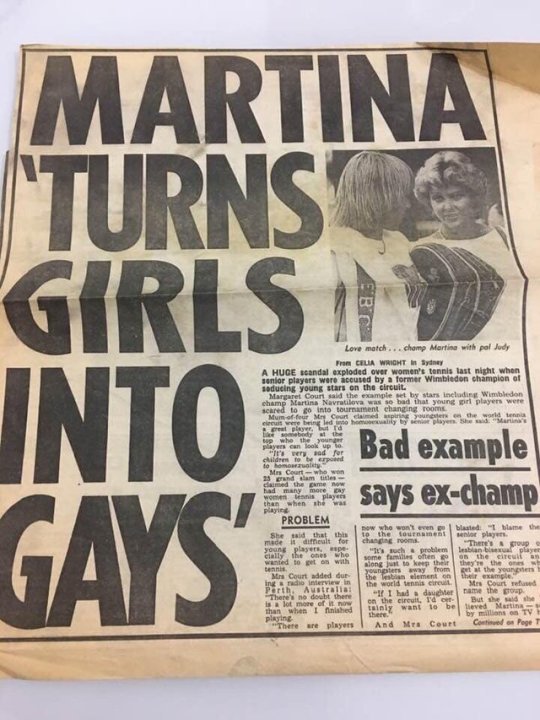 |
Emily Quinn is an intersex woman with XY chromosomes and (as she says) "balls".
According to the logic of transphobes she should be banned from women's bathrooms. |
The current debate about intersex women in sports, is actually weakening the TERFs and the transphobic right's attacks against transgender people. The very existence of XY intersex women, who have been raised as women and who identify as women, makes it very hard to reduce gender identity to chromosomes and genitals.
A few times I have ended up in discussions with "trans exclusionary radical feminists (TERFs) in social media. These women are neither "radical" nor real "feminist", sharing – as they do – the common traditionalist prejudices against transgender women.
On the "positive" side: They have taught me a bit about how prejudices are created and spread, and that might come in handy.
But Science!
TERF activists often pretend to have a discussion with you. In this pretend discussion they may even refer to Science (capital S implied), their most common argument being that trans women cannot be women, because they have Y chromosomes.
When you refer to
real science, the one that show that gender dysphoria is a real phenomenon, and tell them that
most experts in the medical field believe that the transgender identities are caused by variations in the hormone balance in the womb, combined with environmental and social factors, they simply fail to respond.
Alternatively they argue that the science community has been taken over by "transgender cult". In other words: They are not really interested in science at all. They want to cherry pick findings that seem to confirm their own prejudices.
The Gender Pencil Test
The TERFs are masters at using social control and stigmatization to invalidate and marginalize trans people.
Like the racists of Apartheid and Jim Crow, they know, for instance, that access to public bathrooms serves as a very important symbol of social acceptance and inclusion. So they do their best to ban the people they do not like from these spaces, in order to hurt and humiliate them.
Like the white racists of South Africa they also use sports to put "The Other" in their place.























